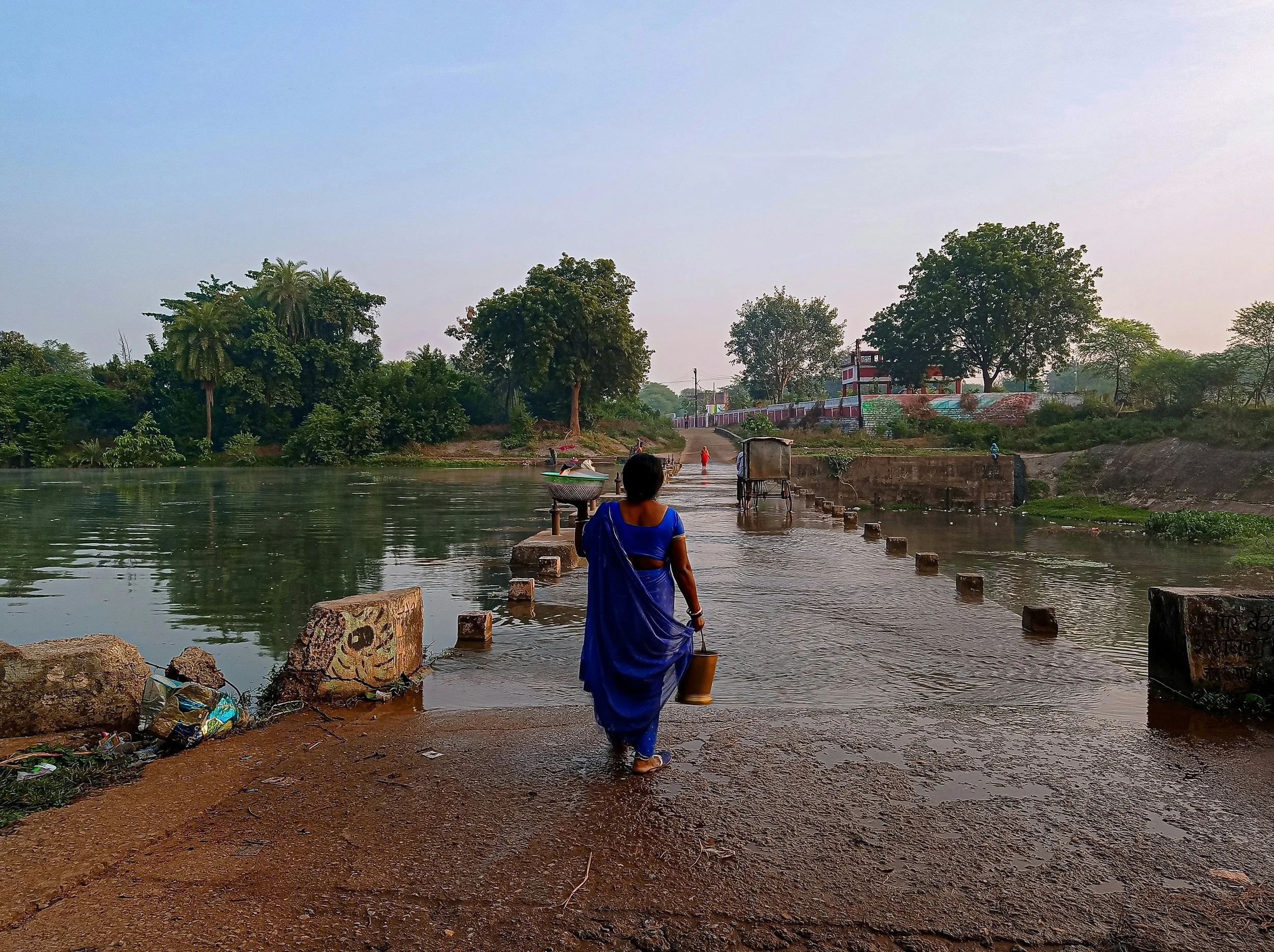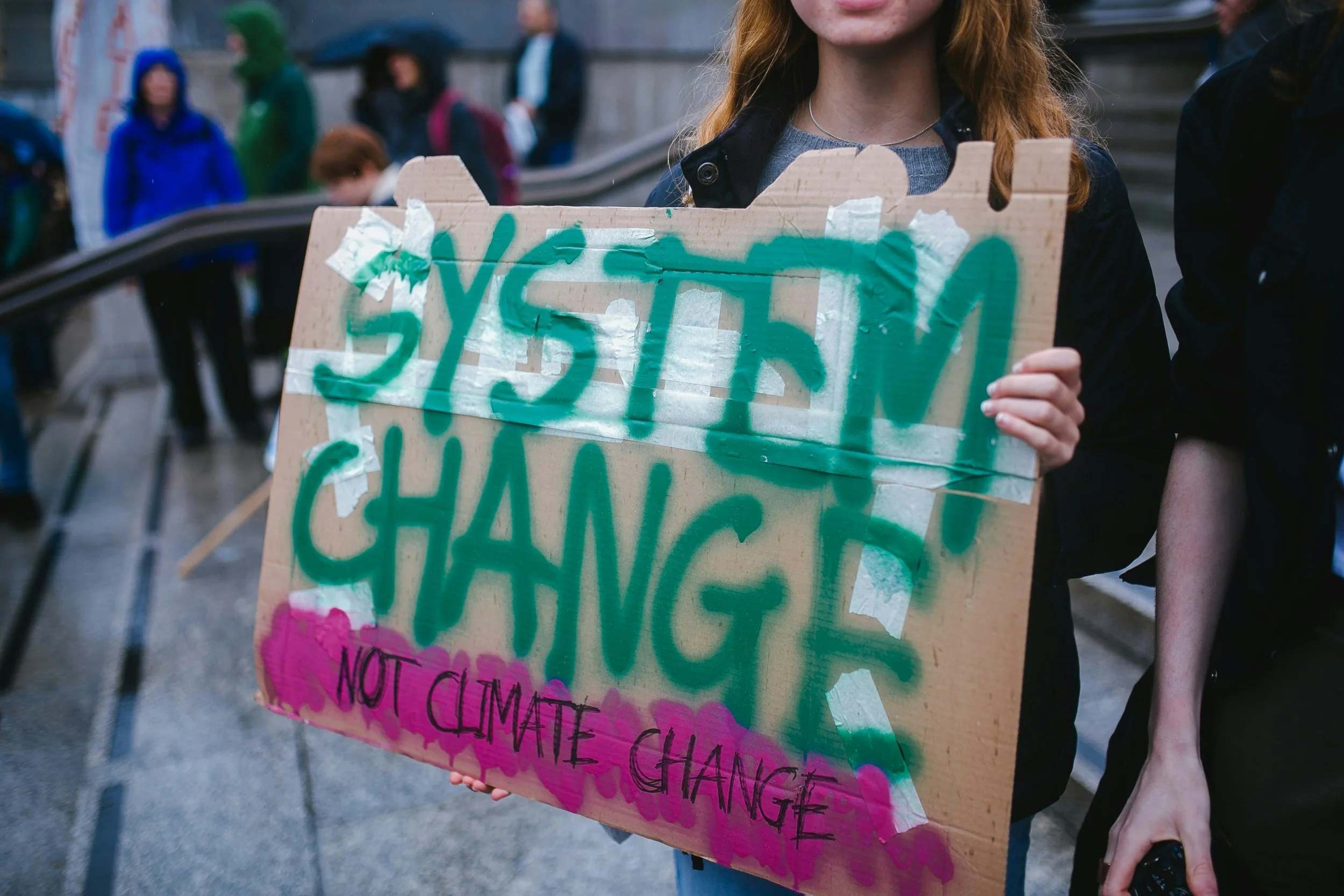The contraceptives are not okay
Here's what no one tells you about climate change: it doesn't only destroy infrastructure. It destroys choice.
A heatwave in Chad can impact whether a young woman gets contraception this month.
A flood in Bangladesh means a teenager's clinic appointment gets canceled. Again.
As Sobia Ali from Young Changemakers Pakistan shared in our recent conversation: “Climate hits bodies before it hits buildings.”
We just released the largest peer-reviewed study to date exploring the relationship between climate extremes and sexual and reproductive health and rights, particularly contraception.
Our research team at YLabs, working with experts from UC Berkeley, University of New Mexico, and Imperial College London, analyzed data from over 820,000 women of reproductive age (15-49 years) across 33 countries in Africa, Asia, and the Middle East to understand how women’s exposure to extreme heat and rainfall relate to their contraceptive use, fertility preferences, and reproductive autonomy.
What we found changes everything
Women exposed to both extreme heat and heavy precipitation were 18% less likely to use modern contraception. In countries like Chad, extreme heat exposure cut the odds of contraceptive use nearly in half.
And over 41% of women relying on heat-sensitive methods—pills, injectables, condoms—live in areas where average temperatures already exceed WHO's recommended contraceptive storage thresholds.
While carbon credits are debated in air-conditioned conference rooms, millions of women and girls are watching their ability to choose their futures evaporate in real time.
Young women are paying the highest price
Our research confirmed what advocates on the ground have been saying for years: younger women, unmarried women, and women in rural areas face the biggest personal costs when climate shocks hit.
They have the least margin for error, the fewest backup options, and the most to lose.
But losing access to reliable contraception doesn't just compromise health outcomes. It undermines autonomy and fundamental rights. With intensifying climate change, for many women reproductive choice becomes dependent on whether the rains arrive, whether the clinic commodities will survive the next heatwave, or whether the roads are passable.
With these contingencies, the most personal decision—when or whether to have a child—is no longer entirely yours to make.
So, what happens now?
For too long, climate adaptation policy and reproductive health have lived in separate worlds. In one room, experts debate adaptation strategies. In another, health advocates discuss contraceptive access. The conversations rarely cross.
We're calling for climate-responsive sexual and reproductive health programs that center young people and other vulnerable populations. The path forward requires action on multiple fronts:
Include specific consideration of maternal health and reproductive health in climate adaptation plans and policies, such as National Adaptation Plans and Health Adaptation Plans. See our global analysis of which countries have policy gaps.
Develop higher heat-resilient contraceptive technologies and strengthen supply chains in climate-vulnerable regions to ensure product efficacy and continuous product access for women and girls.
Create targeted climate-heath adaptation programs for young women who face disproportionate impacts from climate disruptions—they have the least margin for error and the most to lose.
Integrate climate resilience considerations into reproductive health programs and policies, because you can't separate the flood from the clinic it destroys. Check out our step-by-step guidance for funders and implementers on how to do this.
Support frontlines and grassroots organizations who are nimbly responding to the daily threats that climate change has on women and girls’ health. See eight case studies of frontlines climate-responsive SRHR solutions from around the world.
Fund additional research exploring how repeated climate shocks affect reproductive autonomy over time—this study is just the beginning.
But more than funding, we need a fundamental shift: stop treating climate change and reproductive health and freedom as separate issues.
Our research – along with a growing body of evidence - shows that climate change impacts women’s choices and reproductive health. Without action, we risk the reversal of decades of progress for women and girls – and we risk losing them as crucial leaders for community-based climate resilience. Because when women and girls have full choice over their bodies and access reproductive products and services, they and their families have greater resilience to the shocks and stresses that climate change brings.
Imagine a world where women have access to comprehensive sexual health services resilient to climate shocks, where they are able to exercise choice without compromising their bodily autonomy, and where they are leaders for climate resilience initiatives for their community. That future is possible. It starts today.
Ready to partner with us to help youth lead the way? Reach out to our team today!



